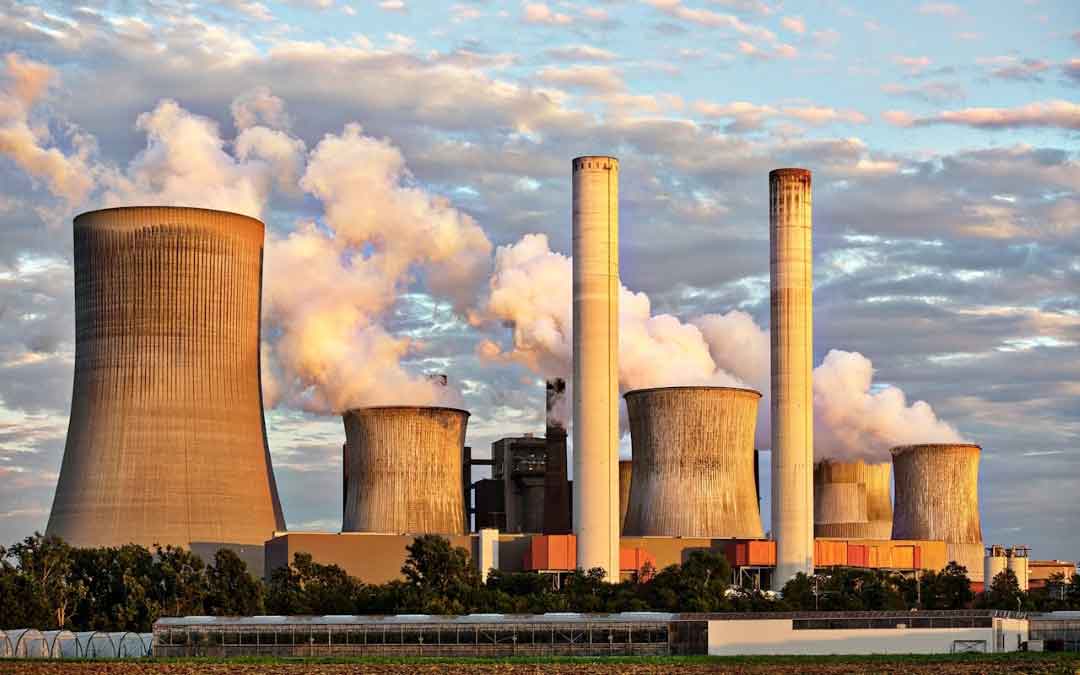Nuclear energy – taboo no more?

Environmental activists have long opposed the introduction of nuclear energy to Australia. With the planned shutdown of coal-fired power stations possibly by 2034, what are the options for generating power, and should nuclear energy be considered?
Recent talk of nuclear power as part of Australia’s energy mix has felt like déja vu. Throughout the 1970s and into the 1980s, questions of nuclear power and nuclear weapons were a hot topic. I was a project officer with the Australian Conservation Foundation, on the committee of Nuclear Free Pacific (a tiny group). We were all fired up by the shadow of Hiroshima and recent French nuclear testing in the Pacific – not to mention the bombing of the Rainbow Warrior (a nuclear protest ship), by the French in 1985.
At the same time – like many others – I was actively involved in the successful campaign to halt the damming of the Franklin River in Tasmania by the Hydroelectric Commission. There was strong support for the protest, following the highly controversial flooding of Lake Pedder in 1972.
Yet, both nuclear power and hydroelectric power can be considered sustainable methods of energy generation, with little or no emissions.
Were those of us protesting nuclear power and the damming of significant rivers wrong to do so? Should we have been open to the benefits of nuclear power (and less worried about flooding a river or two)?
Knowing how critical to our future is reducing fossil fuel use, perhaps it is time to consider all the alternatives in producing electricity.
Currently, solar, wind and pumped hydro are the main sustainable energy options in Australia. Manufacturing and construction aside, these technologies produce no significant greenhouse gases.
The same can be said of nuclear power. Nuclear power is also more like our current coal-fired power plants. Both produce heat, which creates steam, which in turn drives turbines, causing electricity generators to spin. Nuclear power, though, does not burn fossil fuels which increase greenhouse gases in the atmosphere.
Recent political discussions around CO2 targets and the Paris Agreement have put nuclear power on the agenda once more.
The arguments for the use of nuclear power are primarily these:
- nuclear power provides baseload power (that is, it operates all the time)
- nuclear power is virtually emissions-free
- nuclear power stations could be built on existing coal-fired power sites.
While nuclear power has some advantages, let’s review the risks.
In previous anti-nuclear power campaigns, the focus was on the dangers. Catastrophic nuclear plant failures, such as in Chernobyl, Fukushima and Three Mile Island are fresh in many people’s memories. Nuclear plant failures have led to immediate deaths and injury and the radiation contamination of people and areas of land. The spent fuel from a nuclear reactor is still dangerous – remaining lethal for thousands of years – so safe disposal of this material is a serious issue. The potential for spent fuel to be used by terrorists, who might use a conventional bomb to disperse nuclear waste in a populated area is another real risk.
Let’s suppose these risks could be dealt with. The advantages are clear and proven, so is nuclear energy viable for Australia? The answer in my opinion is no.
The argument against going nuclear in the short term comes under two main headings: cost and availability.
Nuclear energy would be expensive. A 2023 estimate of the cost of the different power sources by the CSIRO and AEMO (Australian Energy Market Operator), shows large-scale nuclear energy costing between $150 and $200 per megawatt hour, with small-scale nuclear energy costing from around $400 to over $600 per megawatt hour. This is against a cost of between $100-$150 from solar and wind generation.
Not only would the cost of nuclear power be around double that of renewable energy, but the cost of building reactors is huge. CSIRO’s Chief Energy Economist estimates that a nuclear plant could cost $16-$24 billion to build. In the short term, it is highly unlikely that investors would be willing to take on the costs and risks of building plants. The absence of supply chains and a skilled workforce to build plants in Australia would add to the difficulties.
Perhaps the biggest roadblock to going nuclear is the time it would take to build and get plants on line. The CSIRO estimates it would take at least 15 years to build a large-scale nuclear power plant. This is far too long to plug the gap as coal plants are already reaching the end of their lives. The closure of Hazelwood in 2017, and the planned closure of Eraring in 2027 indicate the urgency to provide reliable power.
Nuclear may well be part of Australia’s energy mix in the long term, but to suggest it could speedily replace aging coal-fired plants appears unachievable. Far more realistic, is that if Australia goes down the nuclear path, funding for renewables would slow down and a reliance on fossil fuels, especially gas, would continue.
References
The Age – Dutton to ditch Paris Agreement: analysis reveals nuclear impact on emissions
The Age – Coalition’s campaign for nuclear energy implausible, experts say
ABC – Does nuclear power have a future in Australia? These numbers will help cut through the debate
UNSW – Coal will be all but gone by 2034 under Australia’s latest energy roadmap
The Age – Is nuclear energy feasible in Australia (and how much would it cost)?
New Yorker – How Safe Are Nuclear Power Plants?
The Big Switch – Book by Saul Griffith. See also Rewiring Australia [}
Written by Paul Gale-Baker
